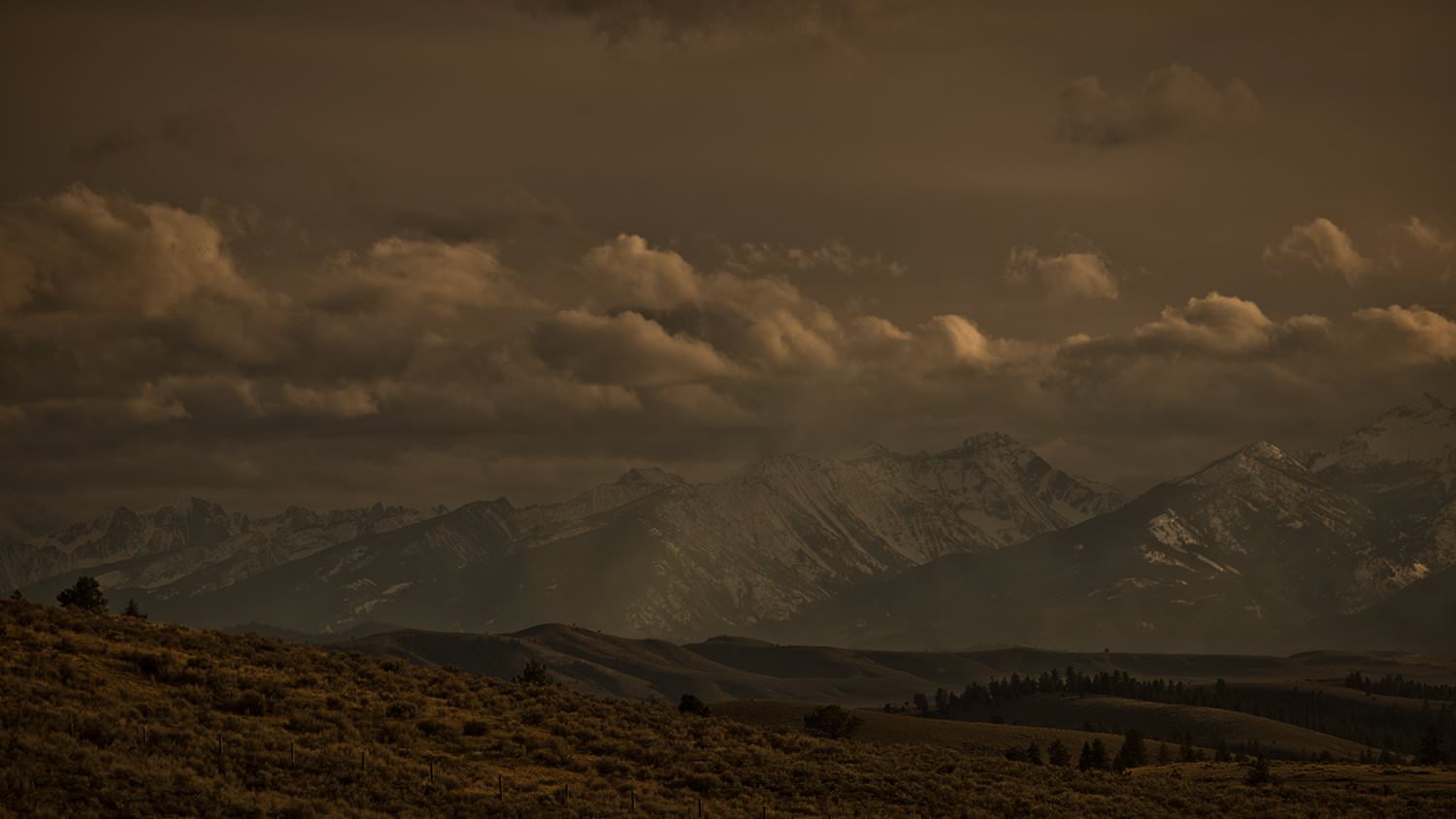3 Common Hunting Social Media Mistakes You Need To Fix
- July 8, 2015
- By Adam Preston
- Marketing

Whether it’s a business, a brand or a personality, we’ve all found quite the diamond with this thing they call “social media,” haven’t we? And like it or loathe it, it’s here to stay — and change the way we all interact with each other — probably, well, forever.
Facebook. Twitter. LinkedIn. Google+. Pinterest. Instagram. Tumblr. The list goes on and on. As a brand of any kind, the question really isn’t how do we find the time to incorporate all of these tools into our long-term strategy, it’s more: What’s the end goal?
That’s easy. The goal for any brand should be awareness, community building and, of course, monetization. If progress isn’t where you want it to be by now, the third and most important leg of that stool will be slow to come if you don’t slow down and reverse course on three things you’re probably doing wrong and didn’t even know it.
1. You’re trying too hard.
Yes, you want to monetize your efforts, but skip the hard sell. People don’t want to see or hear it, especially on social media where it seems all filters are off. It only takes one negative comment to derail your momentum. For example, posting a generic photo of a hunter with a dead deer or turkey with the caption, “Stop game in its tracks with Wonder Bullets Drop Dead ammo!” is weak. A few people will like/share it, but you’d be much better off in engaging the audience directly. A simple, “Who’s hitting the woods this weekend?” will generate two or three times the engagement. A direct shout-out is even better. “Congratulations to Wonder Bullets fan Bobby Smith on taking this dandy Georgia 10-point with the new Drop Dead bullet!” Same message, different results.
The best social media managers leave out product mentions altogether. However, some name dropping is to be expected; just pick and choose when and how you do it. Build your community first — one loyal follower at a time.
2. You don’t understand content balance.
Just because that photo of Bobby Smith and his buck garnered 10,000 likes and 6,000 shares doesn’t mean you can do the same thing day after day. It’s all about balance and consistency. Take a well-rounded approach and use every medium possible: blog links, articles, photos, video, direct shares, etc. Also, experiment with days and times in which you post this content. You’ll find marked differences in what your audience responds to and when they respond. Some brands’ followers respond best to videos on Friday evenings and Sunday mornings — probably because they’re working-class folks who find themselves consuming social media at those off hours.
Whatever you do, don’t get stuck in a rut. When you view social media as a tedious job, your followers will pick up on that and stop engaging with you.
3. You’re making it too much about yourself.
Selfies are popular because people are lonely. We all crave attention, especially those of us who are social media addicts. Isn’t it ironic that Greek legend Narcissus was a hunter? His downfall: He fell in love with his own reflection. Avoid this temptation when crafting your brand’s social media strategy. Here’s the catch: You definitely want and need experts, and you need to build those brands within your brand. The key to success, however, is to let these feed off each other. Identify your experts and use them as off-shoots of your brand, but keep your brand at the center focus.
Maybe John Jones is your marketing manager. He happens to be an excellent duck hunter. Portray him as such in your social posts but only to the extent where he is providing real, tangible advice — not beating his chest as the alpha waterfowler.
Example: Photo of John Jackson with a limit of ducks. Caption: “The mallards are flying in northern Missouri today, and John Jones reports that he needs more Drop Dead ammo!” That’s a fun post that gets the message across without being too gratuitous.
When in Doubt, Blow it Up and Start Over
If this all sounds like a time drain, it is. Worse, it will surely change — if not next month, six months from now or a year from now. But take this to the bank: It will change. When that happens, you need to be nimble enough to change strategies and try new ways of cultivating your audience. There’s no magic formula for that, but you will keep them — and grow your brand — if you keep an open mind and stay impassioned about your products, services and customers.
